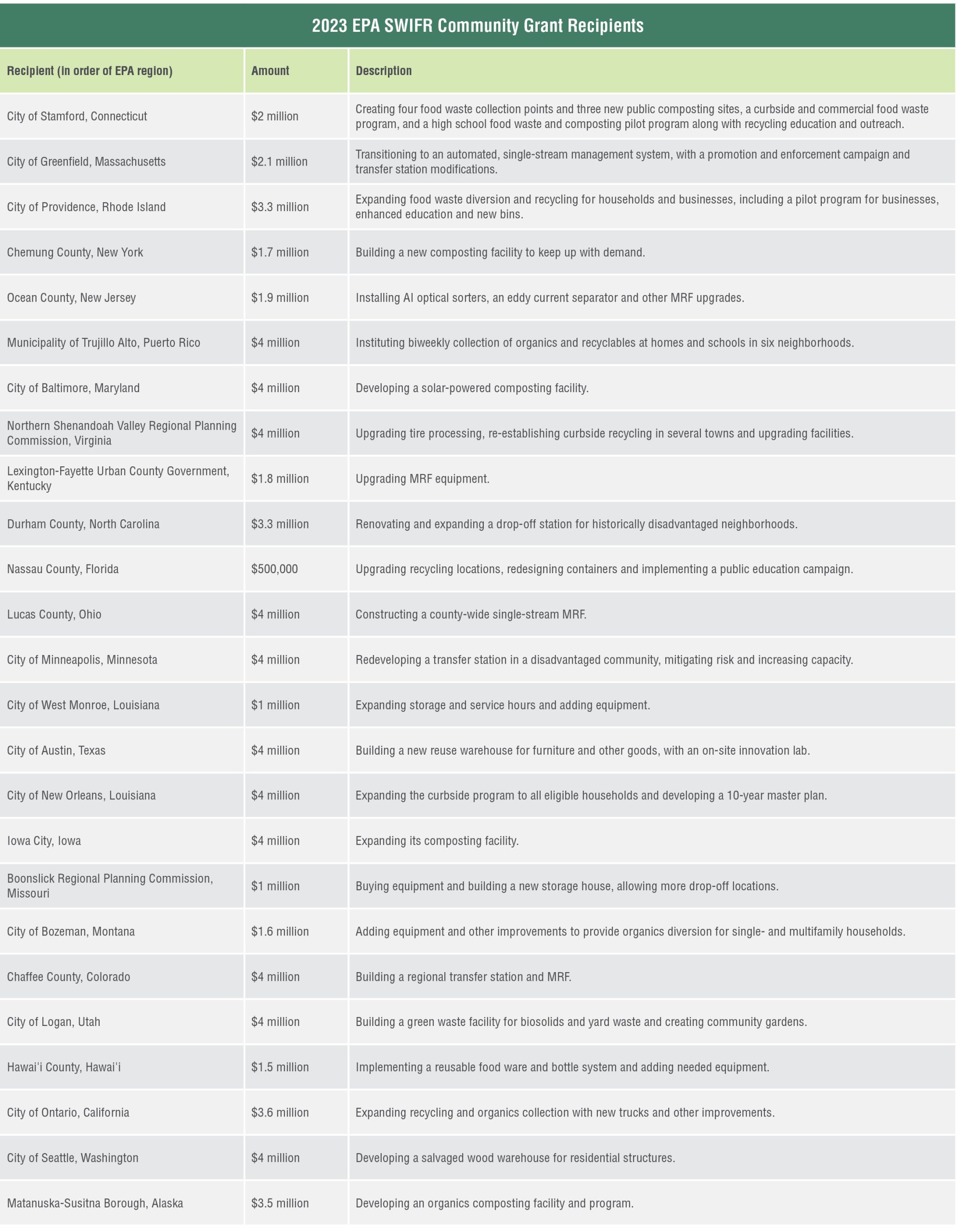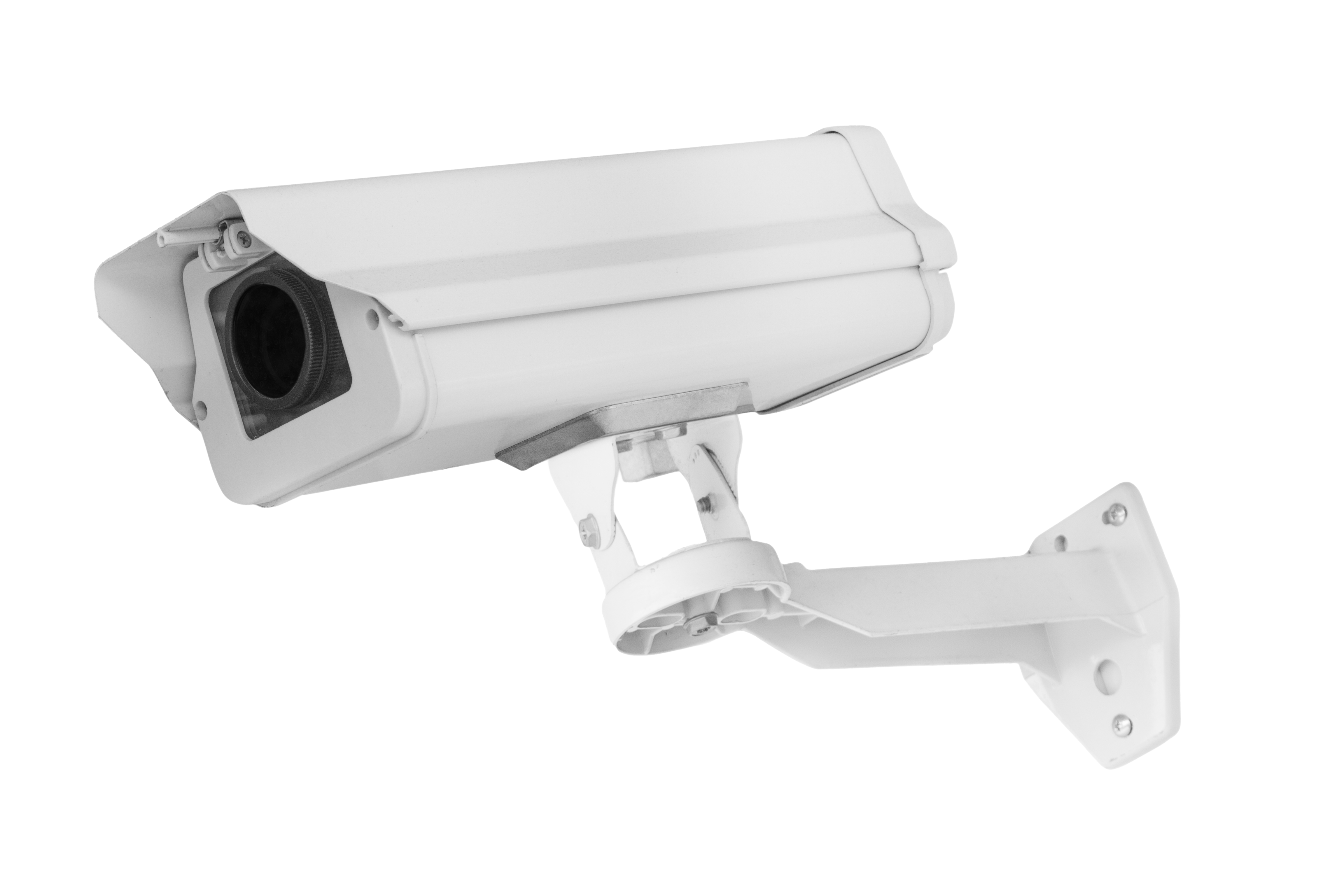
Zsolt Biczo/Shutterstock.
This article appeared in the October 2024 issue of Resource Recycling. Subscribe today for access to all print content.
While Goodwill Industries International has long been associated with the reuse portion of the waste management hierarchy, the nonprofit secondhand store giant is making inroads to being a national heavyweight in recycling textiles, glass and other materials, several of its leaders recently said.
“Today, our positioning to drive change in circularity is unmatched,” Steve Preston, president and CEO of Goodwill Industries International, said during the Rockville, Maryland-based organization’s first Sustainability Summit, held in mid-August in Washington, D.C.
Goodwill as a brand is recognized by over 90% of the U.S. population, Preston explained, and more than 80% of Americans live within 10 miles of one of its 3,300 stores. In 2023, Goodwill diverted 4.3 billion pounds of products from disposal.
“We have over 135,000 employees, massive logistical networks with warehousing, transportation and technology to support it,” Preston added. “As a result, when we look at what could be, we know that we have the ability to be the most consequential player in our lane, to drive circularity in North America.”
Doing that requires not only collaboration across Goodwill stores but also “increasingly with formidable partners outside of Goodwill,” he said. Those include stakeholders in technology, automation and other fields.
Many of the nonprofit’s recent moves have been the result of a simple fact that much of what’s donated for resale often can only be thrown away — in huge volumes. Nick Carlson, business development director for Goodwill of West Michigan and board chair for the Michigan Recycling Coalition, said his Goodwill organization sees about 30% of the material that comes in head to a landfill because it’s not in a condition to be resold.
“We’re trying to think of ourselves as material managers,” Carlson said.
Other regional leaders shared similar sentiments. Colleen Morrone, president and CEO of Goodwill of Delaware and Delaware County, said three regional Goodwill organizations receive 113 million pounds of donations per year, equivalent to the weight about 25 fully-assembled space shuttles.
“That’s a lot of donations, and when we look around the room and add up everybody else’s donations, we’ve got a lot of space shuttles,” she said.
Besides running a regional Goodwill, Morrone leads Goodwill’s international sustainability committee, and she and her fellow D.C.-area directors over the last few years had a series of conversations about how to increase diversion from their locations.
“I also knew that in order for us to build a successful recycling solution, Goodwill of Delaware and Delaware County could not do it alone,” she said. “Businesses that are interested in using our non-saleable products as feedstock need them at scale.”
Lisa Rusyniak, president and CEO of Goodwill Industries of the Chesapeake, noted that boosting diversion also brings a financial benefit for Goodwill stores in reduced disposal costs. And she emphasized it fits squarely within Goodwill’s mission, both environmentally and fiscally.
“With our commitment to maximize the value of every item donated to us, combined with the pricing volatility of the salvage market, it’s imperative that we find markets for all of our non-sellable donations,” Rusyniak said.
How stores are approaching diversion
Goodwills around the country have embarked on a number of region-specific projects. Morrone described a partnership with Trex, the recycled-plastic composite decking producer that is a major end user of LDPE and LLDPE. The Greater Washington, Delaware and Chesapeake Goodwills have sent Trex nearly 20 million bags, “an important ingredient in the creation of their sustainable decking boards that are used by many of us in our homes across the country,” she said.
She added those Goodwills are also working on a partnership to send glass products to a processor that will pulverize them into sand. The resulting material has “the potential to be used in concrete abrasives, cleaning supplies and maybe even beach restoration,” Morrone said.
At Carlson’s Goodwill organization in Michigan, a project with plastics processor HydroBlox Technologies turns polypropylene and polyethylene into stormwater drainage management systems. Pittsburgh-based HydroBlox uses the plastics to produce 100% recycled-content products of porous plastic that’s used in construction to increase drainage.
In Phoenix, a regional Goodwill organization earlier this year launched a rigid plastics recycling project targeting HDPE and PP. And that pilot effort is gearing up to grow into a self-sustaining commercial operation. Beth Forsberg, senior vice president of sustainability for Goodwill of Central and Northern Arizona, said her regional Goodwill is recovering plastics No. 2 and No. 5 — not only from its own waste stream but from other partnering groups as well.
“We are actually putting them through everything from the shredding process to creating pellets,” Forsberg said.
Housed in a 10,000-square-foot facility, in its pilot stage the project involved installing a wet wash system, drying drum, an extruder, a pelletizer, a sheet press and a molding machine, stakeholders told Resource Recycling earlier this year. At the time, the pilot project anticipated having a capacity to process 500 to 600 tons of scrap plastic per year.
Forsberg announced that the project is scaling up beyond the pilot stage. Within the next four to six months, “there will actually be a product,” she told the summit.
The facility is processing a variety of inbound product types, including materials that are rarely recycled like yard signs.
“All the political signs are clean plastics that can be shredded and made into other materials,” Forsberg said.
Market potential
Goodwill partnering with recycling firms and expanding the types of diversion it does has the potential to rebrand the organization to consumers, Steve Alexander, CEO of the Association of Plastic Recyclers, said at the summit. APR owns Resource Recycling, Inc., publisher of this magazine.
He made a case to attendees that Goodwill has “an opportunity to expand your reclamation footprint, that will reposition you along with what you’re doing on textiles, as the consumer sustainability organization.”
Alexander pointed to extended producer responsibility laws that are increasingly passing in U.S. states. Some of those laws, such as Oregon’s, include a mechanism to provide funding to collection depots for the materials covered.
In Oregon, nine Goodwill locations are on the approved depot list, meaning they’ll receive funding from Circular Action Alliance, the producer responsibility organization managing Oregon’s system. And Alexander noted there is also the material commodity value on the back end.
“Essentially, you can double-dip: You get paid to be a repository, and then you get paid when you sell and market the material,” Alexander said.
Additionally, while only a handful of states have currently passed EPR for packaging — California, Colorado, Maine, Minnesota and Oregon — Alexander said it’s only a matter of time before it’s a “de facto standard,” albeit likely not through federal legislation. That means more opportunities on the horizon to take advantage of Goodwill’s sizable footprint.
Alexander said he sees a particularly strong opportunity for Goodwill to become a leader in film and flexible packaging recovery, a stream that has had significant challenges in collection of late.
“Industry has spent millions, hundreds of millions of dollars trying to force film and flexible material into existing collection programs, curbside programs,” he said. “It doesn’t work, because it doesn’t go through the sorting process.”
Having dedicated drop-off locations, and an organization like Goodwill that is deepening its involvement in sorting and grading inbound materials, could be a significant opportunity for film recovery, he said.
In pilot, hub model shows promise
Widely known for its secondhand clothing, Goodwill has taken a particular interest in boosting textile recycling.
For the past two years, Goodwill’s national organization carried out a $1.3 million textile recycling pilot project funded by the Walmart Foundation. The organization released some of the takeaways from that project during the summit.
The goal was to “transform usable textile donations into feedstock for textile recycling,” said Preston, the Goodwill Industries International CEO, and it focused on developing an infrastructure to aggregate and sort textiles in preparation for either reuse or recycling at scale.
“As part of the research, we analyzed fiber composition of post-retail textiles and learned that approximately 60% of the material was found to be suitable for existing recycling technologies,” he said. “That finding reinforces our position as a key player and a feedstock supplier in the emerging textile recycling ecosystem.”
The grant also went towards testing a system of four regional textile hubs in Canada, Michigan, the Northeast U.S. and Southeast U.S. At each hub, Goodwill tested methods of sorting and grading textiles to identify what could be reused or recycled.
“As part of the grant, each of the four regional hubs developed business plans and advanced sortation models that can be replicated across the Goodwill network and adopted by other social enterprises for the advancement of textile circularity,” Goodwill added in a statement.
On the heels of that project, the Walmart Foundation granted Goodwill another $2 million for a project “to follow the global journey of secondhand textiles,” the organization stated.
The focus on textile recycling comes against a landscape of daunting statistics. By 2015, there were an estimated 92 million tons of textile waste generated globally each year, according to Boston Consulting Firm, which produced a widely cited Pulse of the Fashion Industry report in 2017. The consulting firm projected that number would expand to 148 million tons per year by 2030.
According to the most recent U.S. EPA figures, in 2018 the U.S. produced 17 million tons of textile waste. Of that amount, 2.5 million tons were recycled, for a diversion rate of 14.7%. Globally, the number is lower than 1%, said Patrik Frisk, formerly CEO of Under Armour and current CEO of emerging textile recycling firm ReJu, during a summit panel discussion.
And the bulk of that material is PET — polyester — which makes up about 56% of all fibers produced globally each year, Frisk said. One factor complicating recovery is that clothing is made from a combination of different materials.
“The reason we’re not recycling more is because the technology to be able to separate the chemistry that exists when you combine things, is so difficult that it’s taken a long time for somebody to innovate their way there,” Frisk said. That technical challenge comes alongside a lack of regulation requiring such a system to develop, of collection networks and of scaled sortation technology specific to textiles.
ReJu launched in 2023 and began planning what it calls a “regeneration center,” which it anticipates will take three years to complete. The company, which has been closely following Goodwill’s efforts in textile grading and preparation for recycling, also launched a demonstration plant in Germany at the end of August.
“Can you imagine, we’re going to space, we’re driving electric cars, but we’re not sorting apparel even in a semi-automatic way anywhere in the world today?” Frisk said. He noted that textile sorting is traditionally done by product type, not by the type of base fiber material. While sorting by product type can be done manually, sorting by fiber composition requires additional equipment.
Frisk dismissed the idea of moving away from polyester in favor of natural materials for textile production, saying it’s simply “not possible.” Its attributes like water resistance, light weight, machine washability and durability are just too useful.
“We can’t live without it, unfortunately, for the foreseeable future,” Frisk said. “It’s an amazing product that we need to understand how to live with in a much smarter way.”




